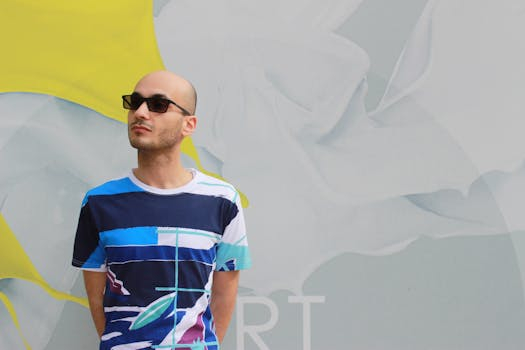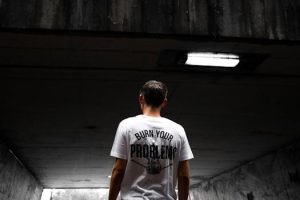The Influence of Street Art on Fashion Design
Street art has established itself as a powerful form of expression, with its vibrant and often rebellious nature captivating the eyes and minds of people all over the world. But its influence goes beyond just the walls of the streets. The impact of street art has also made its mark in the world of fashion design, transcending from the walls to the runways. In this article, we will explore the relationship between street art and fashion design, and how the two have influenced and inspired each other over the years.
The Birth of Street Art
Street art is a form of self-expression that first started appearing in the late 1960s and early 1970s in the urban landscape of New York City. Graffiti, stencils, and murals adorned the walls of the city, showcasing the creativity and opinions of the youth who sought to make their voice heard through their art. From political statements to personal narratives, street art was a medium for people to express their innermost thoughts and emotions without any restrictions or boundaries.
Initially, street art was seen as a form of vandalism and was often frowned upon by society. But as the years went by, it started gaining recognition as a legitimate form of art, with some pieces even being sold for millions of dollars in auctions. This shift in perception allowed street artists to gain a platform and expand their reach, leading to collaborations with other artists and even fashion designers.
The Rise of Street Art in Fashion Design
In the 1980s, street art started gaining popularity in the fashion world, with designers like Stephen Sprouse and Jean-Charles de Castelbajac incorporating graffiti-like elements into their collections. Graffiti and street artists also collaborated with fashion brands, with the most notable being Keith Haring’s collaboration with fashion designer Vivienne Westwood in 1983. This collaboration brought street art to the forefront of the fashion world, introducing it to a wider audience and breaking down the barriers between art and fashion.
As the years progressed, street art continued to make its way into the fashion industry through its bold and edgy aesthetic. The rebellious nature of street art resonated with the youth, who were seeking to make a statement through their clothing. Brands like Supreme, Off-White, and Comme des Garçons are known for their collaborations with street artists, using their designs on clothing, accessories, and even runway shows.
The Impact of Street Art on Fashion Design
The influence of street art on fashion design goes beyond just collaborations and incorporating elements into collections. It has also inspired designers to push boundaries and think outside the box. Street art is characterized by its unconventional and non-conformist nature, which has encouraged fashion designers to experiment with unconventional silhouettes, bold colors, and unexpected combinations.
One of the prominent ways in which street art has influenced fashion is through the use of graphic prints. From comic book-inspired graffiti to abstract designs, street art has provided a plethora of visual inspiration for fashion designers to play with. This has resulted in unique and eye-catching designs that stand out in a sea of generic clothing.
The Future of Street Art in Fashion Design
With the rise of social media and the ever-evolving fashion industry, the influence of street art on fashion design is only set to grow. Street art is no longer confined to just the streets; it has become a global phenomenon that is being embraced and celebrated by people all over the world. Brands are actively seeking collaborations with street artists, and consumers are increasingly demanding more unique and unconventional designs, creating a natural alliance between the two forms of expression.
In conclusion, the influence of street art on fashion design is a two-way street. Street art has found a platform and audience in the fashion world, and in return, fashion has been inspired and transformed by the bold and rebellious nature of street art. As the two continue to coexist and collaborate, we can only imagine the exciting and innovative designs that will emerge in the future.










